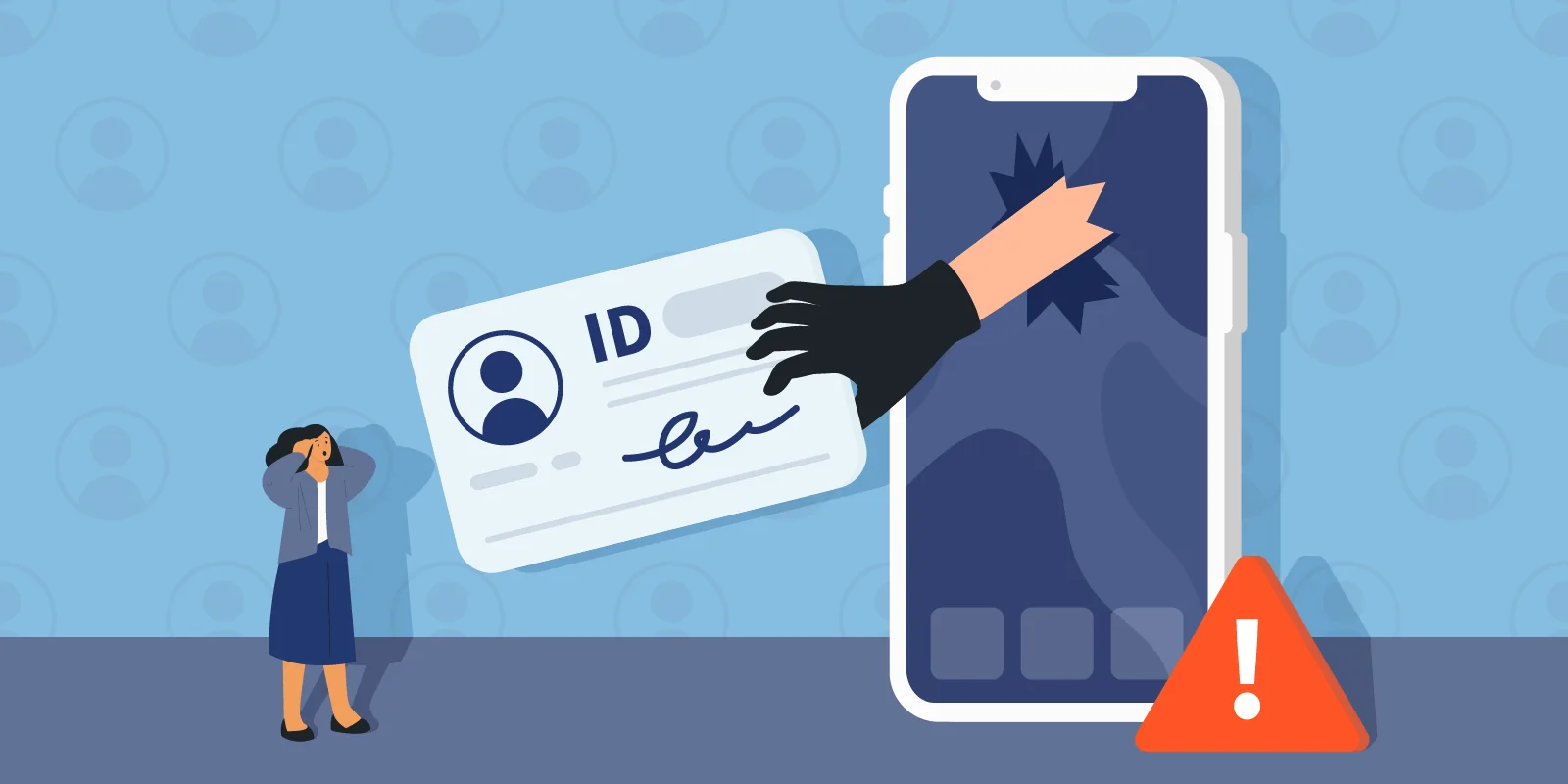Identity theft is a rapidly growing concern in today’s digital age, where our personal information is more vulnerable than ever before. Every year, millions of people fall victim to cunning cybercriminals seeking to exploit our identities for their gain. But fear not, for we have the ultimate guide to equip you with the knowledge and tools necessary to protect yourself from this pervasive threat.
Our comprehensive post serves as your personal fortress against identity theft, delving deep into the intricate details and shedding light on unique features of this subject. We understand that the stakes are high, and that’s why we’ve meticulously crafted this resource to empower you with practical tips and essential warning signs.
The Benefits of Reading Our Post
Embark on this enlightening journey with us, and you’ll discover a multitude of benefits that our extensively researched post provides:
- Proactive Measures: Arm yourself with invaluable knowledge on the preventive actions you can take to safeguard your identity, ensuring you stay one step ahead of the cunning cybercriminals.
- Comprehensive Strategies: Dive into a treasure trove of strategies that cover a wide range of scenarios, including online security practices, secure password creation, and protection against phishing attempts.
- Practical Tips: Equip yourself with practical, step-by-step tips to fortify your digital presence and protect your personal information, leaving no room for identity thieves to exploit.
- Warning Signs: Recognize the red flags that indicate you may already be a victim of identity theft, empowering you to act swiftly and mitigate potential damages.
- Real-Life Stories: Engage with gripping real-life stories of individuals who faced the harrowing consequences of identity theft, further emphasizing the urgency of taking proactive measures.
- Expert Insights: Benefit from the wisdom of industry experts, as we incorporate their insights and recommendations to provide you with the most up-to-date information on protecting your identity.
- User-Friendly Format: Our captivating narrative style, coupled with easy-to-follow formatting, ensures that this post is accessible to readers of all backgrounds and experiences.
So, if you’re ready to take control of your digital security and create an impenetrable shield against identity theft, embark on this enlightening journey with us. Don’t wait for the unthinkable to happen—empower yourself now!
What Is Identity Theft?
Identity theft refers to the unlawful act of obtaining someone else’s personal or financial information to perpetrate fraud. This can involve accessing sensitive details such as Social Security Numbers, bank account numbers, and credit card information. Perpetrators employ various methods, including traditional tactics like sifting through trash or using sophisticated techniques such as hacking into computer systems or utilizing malware.
Understanding Identity Theft
Identity theft can have severe repercussions, with victims often unaware of the theft until they receive calls from creditors or face difficulties obtaining loans due to a damaged credit score. Perpetrators aim to exploit personal information to commit fraud, negatively impacting the victim’s credit rating and overall financial well-being.
Types of Identity Theft
- Financial Identity Theft: The most common form, where the thief uses stolen information to acquire credit, goods, services, or benefits in the victim’s name.
- Social Security Identity Theft: Involves the unauthorized use of an individual’s Social Security Number for obtaining credit, medical benefits, or other fraudulent activities.
- Medical Identity Theft: Occurs when someone poses as another person to obtain medical services or treatments.
- Synthetic Identity Theft: A type of fraud where a criminal combines real and fake information to create a new identity, used to open fraudulent accounts and make unauthorized purchases.
- Child Identity Theft: Involves the use of a child’s identity for personal gain, such as obtaining loans, employment, or evading arrest.
- Tax Identity Theft: When an individual’s personal information, including Social Security Number, is used to file bogus tax returns for fraudulent refunds.
- Criminal Identity Theft: When a criminal assumes another person’s identity during an arrest to avoid being caught or to hide their real identity.
Warning Signs of Identity Theft
Recognizing the warning signs is crucial to detect identity theft early. These signs include unfamiliar charges on credit card or bank statements, receiving new cards or accounts not applied for, incorrect information on credit reports, unexplained medical bills, collection notices for accounts never opened, and unexpected financial or legal issues.
Potential Victims of Identity Theft
Identity theft can happen to anyone, but certain groups are particularly vulnerable. Children and older adults are often targeted due to their limited understanding or dependence on others for financial matters. Children may not discover the theft until adulthood, while seniors may unknowingly provide personal information to caregivers or medical professionals.
Identity Theft Protection
Numerous measures can help prevent identity theft. Regularly checking personal documents for discrepancies, monitoring credit reports and financial activity, and safeguarding sensitive information are essential. Identity theft protection services and government agencies offer assistance in monitoring, preventing, and resolving identity theft incidents.
Recovering From Identity Theft
Managing identity theft can be a complex and time-consuming process. Reporting the theft to the Federal Trade Commission (FTC) is the first step. Additional actions include placing fraud alerts and freezing credit reports, contacting relevant companies and demonstrating that you are a victim, disputing incorrect charges and information, and changing login credentials. Ongoing monitoring is crucial to ensure your information is no longer accessible to thieves.
What Do You Do If Someone Has Stolen Your Identity?
Report the theft to the FTC via IdentityTheft.gov or by calling their helpline. Freeze your credit reports, file a police report, change login and password information, and close any compromised credit or debit cards. Regularly check your credit reports for false accounts and dispute them with credit agencies using the FTC report.
What Are the First Signs of Identity Theft?
Unexplained charges on credit or debit card statements, receiving unauthorized new cards, incorrect items on credit reports, medical bills for services not received, and collection notices for unopened accounts are common initial indicators of identity theft.
What Are the 3 Types of Identity Theft
The main types of identity theft are medical identity theft, financial identity theft, and online identity theft.
Conclusion
Identity theft is a serious crime with significant consequences for victims. By staying vigilant, promptly detecting warning signs, and taking appropriate actions, individuals can mitigate the risks and minimize the impact of identity theft. Timely reporting and seeking assistance from relevant authorities and identity theft protection services can aid in recovering from such incidents.







